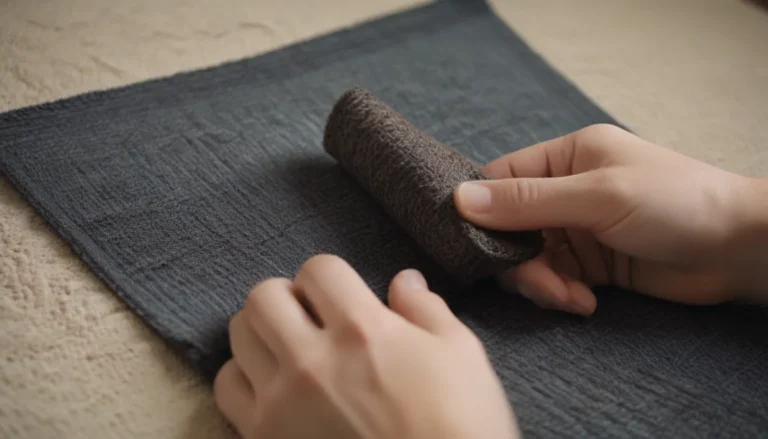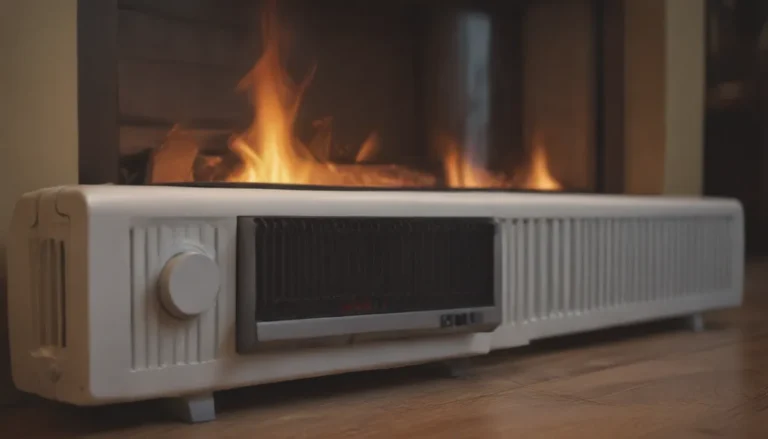How to Select the Ideal Countertop Overhang for Your Kitchen

A countertop overhang is a crucial component to consider when planning a kitchen renovation or installation. The overhang not only adds aesthetic appeal but also serves practical purposes such as preventing drips from staining cabinets and providing a comfortable workspace. In this comprehensive guide, we will delve into the ins and outs of choosing the right countertop overhang for your kitchen. From understanding what a countertop overhang entails to measuring it accurately and determining the need for support, we’ve got you covered.
Understanding Countertop Overhang: What You Need to Know
Before we delve into the nitty-gritty of selecting the ideal countertop overhang, it’s essential to understand what this measurement actually means. The countertop overhang refers to the distance from the leading edge of the countertop to the front of the base cabinets. Not only does it serve a functional purpose by preventing spills from dripping onto cabinets, but it also adds a finishing touch by concealing the junction between the countertop and the cabinet.
- Functional Benefits of Countertop Overhang:
- Prevents drips from staining cabinets
- Conceals the junction between countertop and cabinet
The ideal countertop overhang varies depending on the layout and design of your kitchen. Whether it’s against a wall, next to an appliance, or for seating purposes, understanding the specific requirements for each scenario is crucial.
From Standard Measurements to Specialized Configurations: Choosing the Right Overhang
When it comes to determining the ideal countertop overhang, standard measurements serve as a starting point. The typical overhang along the leading edge of a kitchen countertop ranges from 1 to 1 1/2 inches. However, different layouts and design needs call for specialized configurations to ensure optimal functionality and aesthetics.
Types of Countertop Overhang Configurations:
- Front or Room Side:
- Ideal for a sleek and seamless look
- Against an Appliance:
- Ensures easy access and functionality
- Against a Wall:
- Provides structural support and visual appeal
- Seating:
- Offers comfortable legroom for seated individuals
- Bar:
- Accommodates social gatherings and dining spaces
- Extended:
- Creates a bold design statement
Each type of countertop overhang configuration comes with its own set of considerations, ranging from functionality to aesthetics.
Measuring Countertop Overhang with Precision
Measuring your countertop overhang accurately is essential to ensure a seamless installation and optimal functionality. Fortunately, the process is straightforward and requires minimal tools. Here’s a step-by-step guide to measuring your countertop overhang:
- Place the Square on the Countertop:
-
Rest a Speed Square or another 90-degree item on the countertop, ensuring it is flush with the edge.
-
Hold a Straight Item Against the Square:
-
Press a long, straight item against the square, directing the long side downward.
-
Measure the Overhang:
- Press the tape measure against the cabinet and note the distance where the straight item meets the markings.
Remember to measure with precision and accuracy to avoid any discrepancies during the installation process.
The Importance of Support: Countertop Overhang Kits and Options
While selecting the right countertop overhang is crucial, ensuring adequate support is equally important. The proportions of the countertop play a significant role in determining the need for additional support, especially for overhangs that exceed standard measurements.
- 30% Rule:
- The overhang shouldn’t exceed 30% of the depth of the countertop, with 70% supported by the cabinets.
For kitchen islands, bar countertops, and other scenarios requiring extended overhangs, various support options are available to ensure structural integrity and safety.
Support Options for Countertop Overhang:
- Brackets:
-
Ideal for overhangs measuring 6 inches or longer, providing additional support underneath the countertop.
-
Posts:
-
Recommended for overhangs exceeding 24 inches, though they may limit legroom for seating.
-
Corbels:
- Suitable for supporting overhangs up to 24 inches, protruding from the wall for added stability.
Whether you opt for brackets, posts, or corbels, it’s essential to ensure that your countertop overhang is adequately supported to prevent any potential issues down the line.
Customizing Your Countertop Overhang: Adding a Personal Touch
While standard measurements and support options are essential considerations, don’t be afraid to customize your countertop overhang to suit your unique style and design preferences. Whether you prefer a subtle overhang or an extended one for additional functionality, there are various ways to personalize your countertop installation.
- Aesthetic Considerations:
- Matching the overhang with your kitchen’s overall design
- Choosing a depth that complements your countertop material
By incorporating personalized elements into your countertop overhang design, you can create a kitchen space that reflects your individual taste and style.
Final Thoughts: Selecting the Perfect Countertop Overhang for Your Kitchen
In conclusion, choosing the right countertop overhang involves a balance of functionality, aesthetics, and practicality. By understanding the various configurations, measuring accurately, and ensuring adequate support, you can create a kitchen space that is both visually appealing and highly functional.
Whether you opt for a standard overhang or a specialized configuration for seating or entertaining purposes, remember to prioritize precision and structural integrity throughout the installation process. With these tips and strategies in mind, you can confidently select the ideal countertop overhang that enhances the beauty and functionality of your kitchen space.
Remember, your countertop overhang is not just a measurement—it’s a reflection of your personal style and practical needs. So, take the time to consider all the factors and make an informed decision that aligns with your vision for the perfect kitchen countertop.





